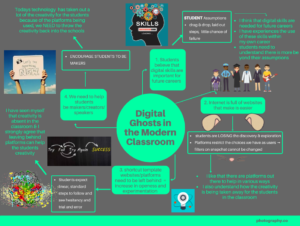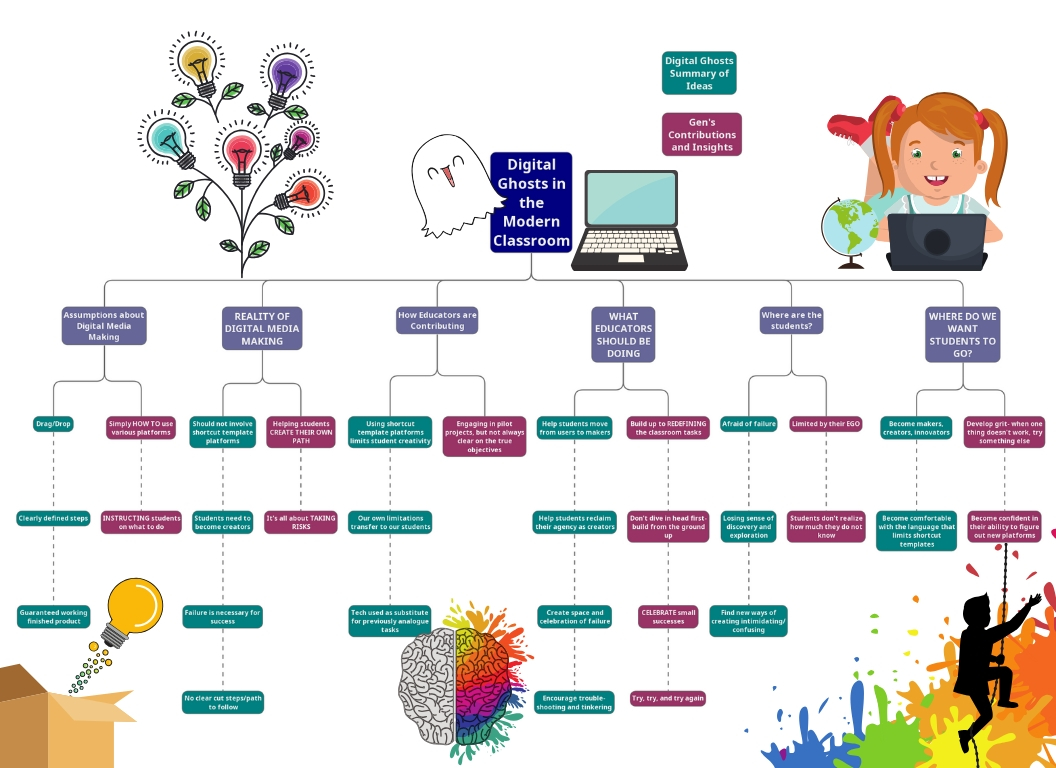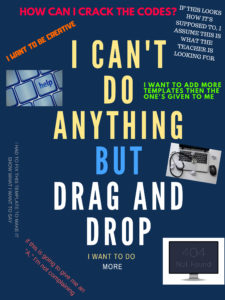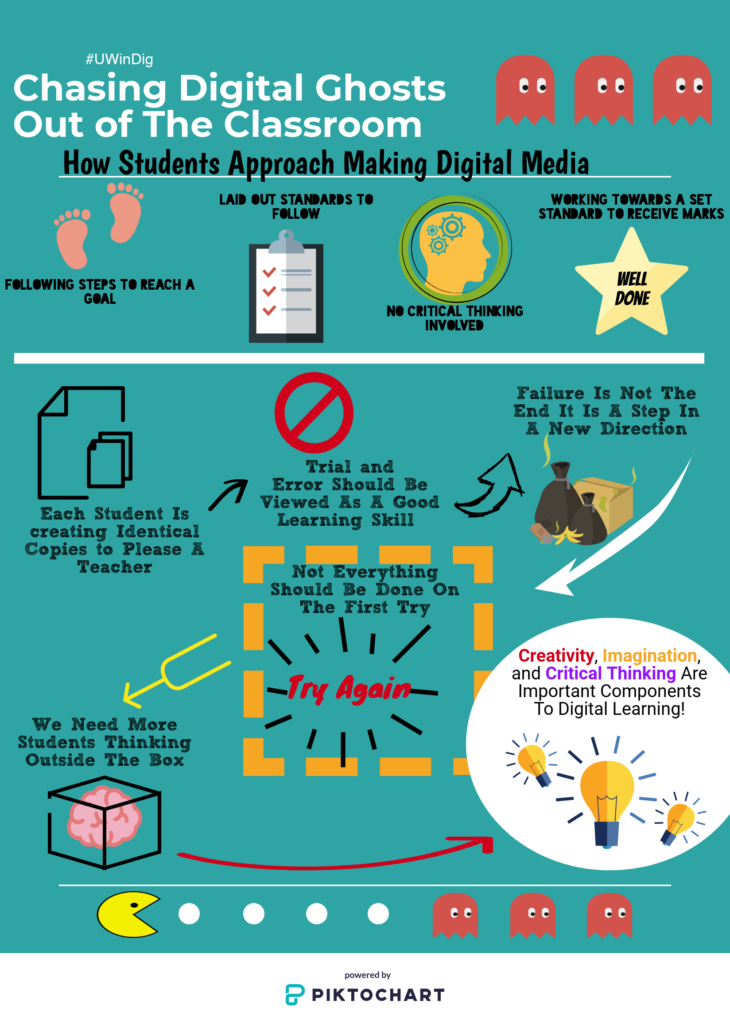For my multimedia reflection, I decided to do a Powtoon that summarizes what I believe to be the main points of the article Digital Ghosts in the Modern Classroom by Ashley Hinck.
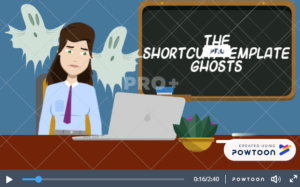
Click the image to view the video
[Disclaimer: I have never used Powtoon before and I did not realize that the trial runs out even after exporting the video on their site so do look past the “PRO” and “PRO+” watermarks as I am actually incredibly bitter about this  ]
]
ANYWAY
Throughout the article, Ashley Hinck makes many valid points about the use of shortcut/template methods and the effects that these methods have on students and students’ creativity. Personally, in my own academic endeavors I have found that many of the digital creations I have made for assignments (including this response with Powtoon) have been heavily reliant on drag and drop platforms that allow for me to get my point across as easy and hassle free as possible. However, even though these platforms are incredibly easy to use and usually allow you to finish creating a product in no time at all, in my own experiences I have also found them to be immensely frustrating. In the creation of this Powtoon alone, there were many different things I would have loved to add to the slides that were not available in the resources the site provides and it did limit me a lot in that aspect. On another note, something else that is also really frustrating about a lot of these shortcut/template websites are their freemium services (something we had talked about in class previously). These sites give you a trial and let you use all services it has to offer in order to give you a taste of the capabilities and then suddenly all of those premium services disappear which makes the website even more limiting to the user if they want to use it again.
Of all the years I have been in school, most digital assignments were created with the intent of using easy shortcut/template websites and platforms that you can get easy marks from by following the step-by-step guidelines given to you. With that being said, I have also had the experience of taking a few of these courses in my time that have required me to utilize more open-ended platforms to create a finished product; assignments that were given little limitations. In one of said courses, we were expected to create a website about ourselves using HTML to do so. It was highly recommended by the professor to create these websites from scratch; however, due to the time constraints of the assignment and the few requirements that I needed to meet, I decided to take the easy route (something that I am sure we all have been accustomed to at some point). I ended up finding a website that was similar to the way that I wanted mine and used it as a template, changing things here and there to make it my own. It is not something I am proud of, but is something that I was reminded of when reading about students in Ashley’s class and their similar experiences with HTML. I found that it was much easier to create something out of something else, rather than creating something entirely out of nothing and I am sure this is a result of years of drag and drop. So, to make myself feel better about that entire situation, I feel that it is safe to say that the digital ghosts made me do it…
All things considered, I hope that some day I will truly learn how to break free of all the shortcut/template ghosts and truly utilize more open-ended platforms for my future creations. There has already been a few times in past where a drag and drop template just wasn’t doing it for me and I forced myself to utilize Photoshop out of frustration instead, but I don’t want to look at open-ended platforms as a last resort in order to get my points across – I would love to seek them out first some day.
– Jessie Vanderveen



